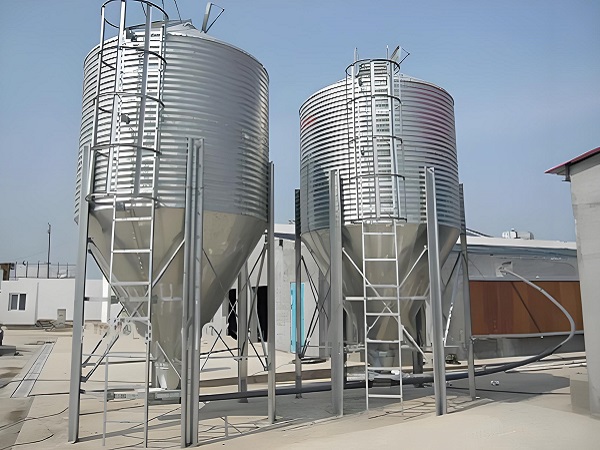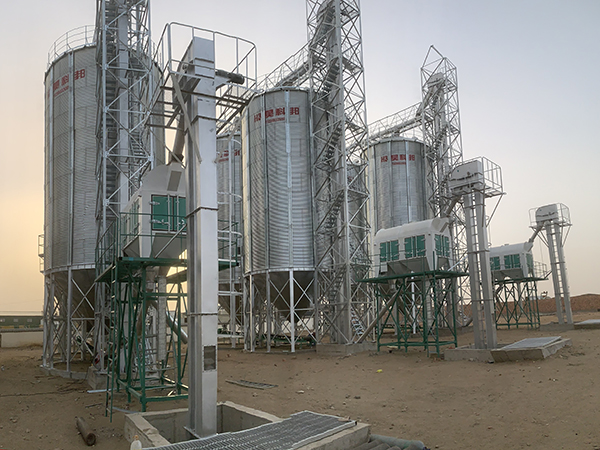Rice cone bottom silo: key steps to protect rice quality
This guide highlights the importance of selecting a rice cone bottom silo for quality preservation, detailing its design principles like conical bottom adjustability and silo body construction. It outlines preparatory steps for rice storage, including weight measurement, unloading, impurity removal, and conveying, to enhance storage efficiency and protect rice quality.
- Barley grain bin company in Tanzania
- rice grain bin factory in Rwanda
- Paddy grain bin supplier in Guinea
- Wheat Cone-Bottom Silo Franchise in Thailand
- Wheat cone bottom silo procurement in Thailand
- Wholesale Wheat Cone-Bottom Silo in Malaysia
- Manufacturers of Wheat Cone-Bottom Silo in Malaysia
- Wheat Cone-Bottomed Silo Suppliers in Uganda
- Cone-Bottom Wheat Silo Sales in Uganda
- Wheat cone bottom silo price in Uganda
- Soybean meal grain bin sale in Guinea
- Corn grain bin price in Libya
Rice, as one of humanity’s primary staple crops, requires special attention and protection during storage to ensure its quality and nutritional value remain intact. When selecting a rice cone bottom silo, understanding its design principles and operational procedures is crucial. This guide will provide you with detailed insights into the key points to consider when choosing a cone bottom silo and the preparatory steps before storage, helping you protect rice quality and enhance grain storage efficiency.
Material Storage Range of Cone Bottom Silo
The cone bottom silo is not only suitable for rice storage but can also accommodate a variety of grains such as corn, wheat, as well as other products like soybean meal and animal feed. Its excellent ventilation and drying characteristics provide a favorable storage environment for various materials, prolonging their shelf life and maintaining quality.


Design Principles of Rice Cone Bottom Silo
Conical Bottom
Supported by sturdy outer columns, the angle can be adjusted according to the flowability of the material to ensure smooth discharge.
Silo Body Structure
Constructed from high-quality galvanized steel plates, with the bottom plate gradually increasing in thickness to withstand different pressures.
Top Protection
Designed in a cone shape to effectively prevent rainwater infiltration and snow accumulation on the silo, while ensuring good drainage efficiency.
Preparatory Work Before Rice Storage
Weight Measurement
Accurately record the weight of rice using a weighbridge for subsequent management and accounting.
Unloading Preparation
Transport rice to the unloading pit in preparation for the next cleaning process.


Impurity Removal
Use cleaning screens and other equipment to remove large particle impurities and dust from the rice to ensure cleanliness.
Conveying into the Silo
Transport the cleaned rice into the silo using conveyors in preparation for storage.
Selecting and using a rice cone bottom silo requires careful consideration of design principles and preparatory work before storage. Only with the correct selection and preparation can the quality of rice be ensured and safely stored. It is hoped that this guide will provide you with useful insights to better protect rice and improve grain storage efficiency.








